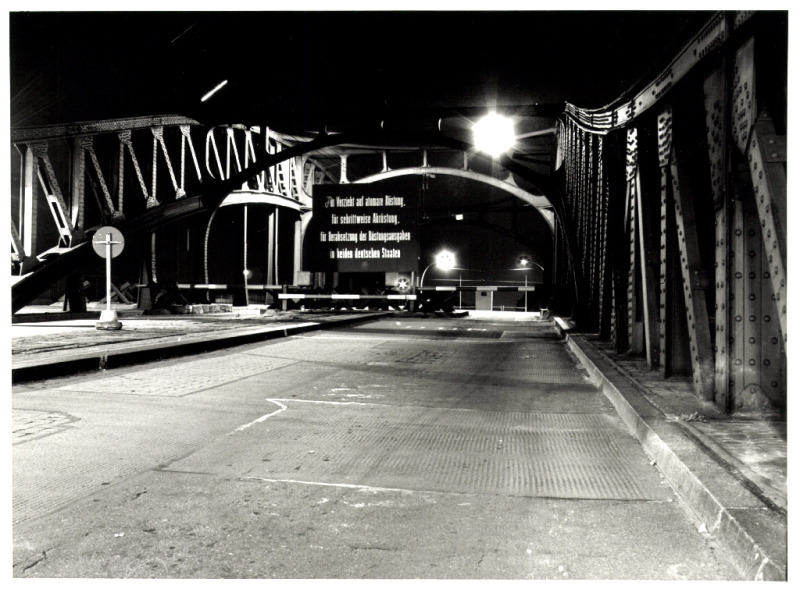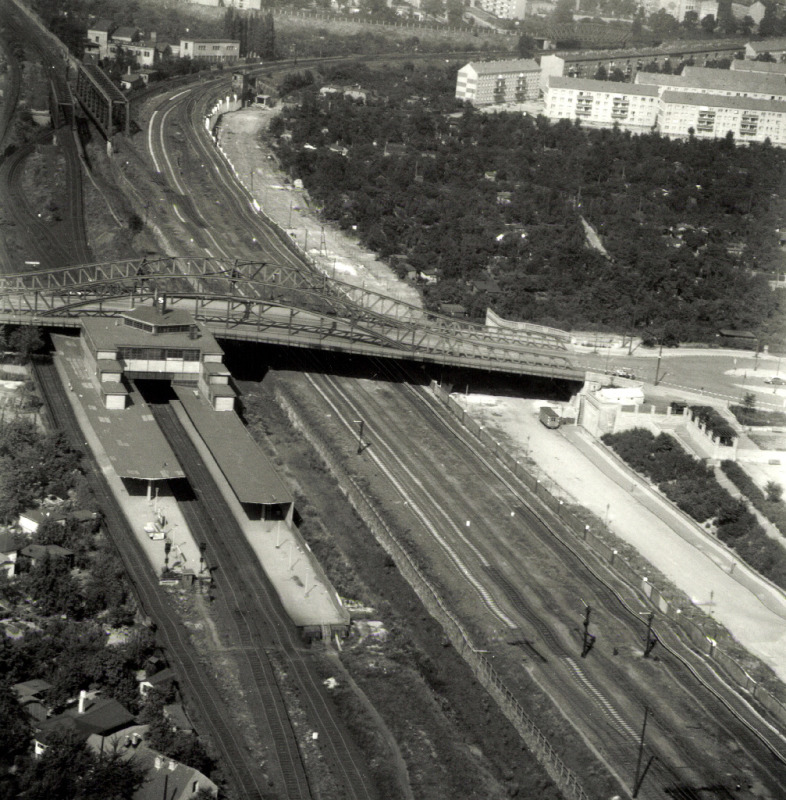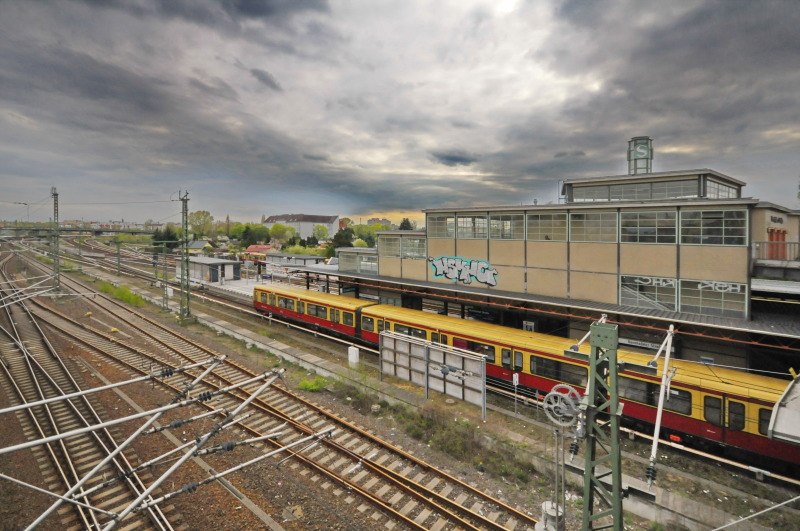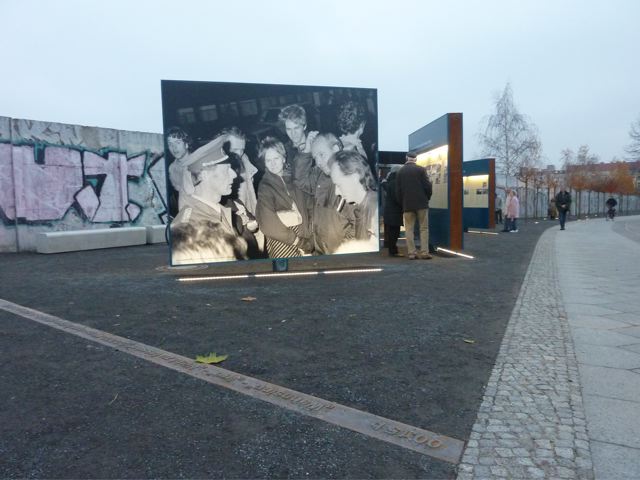Of the seven border crossings within the city, the checkpoint at Bornholmer Strasse was furthest to the north. After the border was completely sealed off, the checkpoint extended from Bösebrücke to Malmöer Strasse and, according to the GDR Ministry of the Interior, was to be used by citizens of the Federal Republic of Germany when crossing into East Berlin.
On 9 November 1989, after West German television stations reported a change in travel regulations that had just been announced by GDR politburo member Günter Schabowski, a growing crowd of East Berliners started collecting at the checkpoints on the border to West Berlin. They wanted to take advantage of their new right to travel right away. The first GDR citizens to show up at the Bornholmer Strasse checkpoint were permitted to leave for West Berlin, although the head of the passport control units had their passports stamped invalid, expatriating the passport holders without their knowledge. As crowds of people continued to arrive, however, this strategy had to be abandoned. Two hours later, the guards “opened the floodgates” and raised the barrier. Over the next hour, around 20,000 people were able to cross the Bösebrücke bridge without being checked. On this night, the peaceful revolution underway in the GDR and the political changes taking place in the countries of Eastern Europe had succeeded in opening the Berlin Wall.Northeast of the Bösebrücke bridge at the site of the former checkpoint is the “Platz des 9. November 1989,” which features an outdoor exhibition on the historical context of the events that took place here and on the original construction of the border crossing. The new square is edged by a section of the “inner security wall” (Hinterlandsicherungsmauer) that once enclosed the checkpoint at right angles to the border. A timeline embedded in the ground recalls the historic day the Wall fell.
The Berlin Wall Trail runs below the bridge along what was once the border patrol road. The installation “Mind the Gap” by (e.) Twin Gabriel, a Berlin Wall History Mile info board, a pillar of the Berlin Wall information and orientation system, and commemorative plaques mounted on the bridge also call attention to the former border crossing.
For many years now, an ecumenical service organized by various Pankow congregations has been held each year on November 9 at 8:30 p.m. at this former checkpoint.




